Once upon a time, a long time ago, there was a great nothing, a time called Te Kore. Into this time there came an itch, Io, the life force that created Sky father, Rangi, and Earth mother, Papatuanuku. Rangi and Papa were so in love that they lay close to each other, allowing no light into the time of Te Po (the night). Their children were not happy with living in darkness, so their son Tane (God of the forest) stretched skyward, pushing his father away from his mother. Rangi was so sad at this separation that he cried (toto), forming the island we know of as Rangitoto. Tawhirimatea (God of the winds), another of their sons was furious at Tane for separating his parents, so angry that he threw his eyes to the skies…. forming the star constellation of Matariki (eyes of the God).
The arrival of Matariki back into the winter skies marked the beginning of the new year for Maori. A special period to celebrate with whanau, to remember those gone before us, to harvest and to plan for the future. It was believed that the brighter and clearer the stars, the more bountiful the year ahead would be.
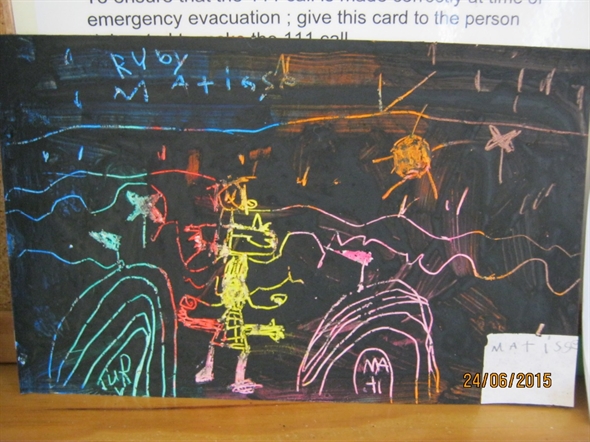
There are other stories depending on tribal tales, and Emily and Ruby have shared, that of the ‘Seven sisters’. The children enjoyed the treasure hunt around the garden to find the seven stars of Matariki… There was a lot of discussion arising from this activity, reinforcing the benefits of movement to learning…here is a few of the comments recorded by the children…
Boy questions “where is 8 and 9?”… Others answer ” there are only 7 stars!”
Girl searching for the stars…”the Maori are good hiders eh?”…
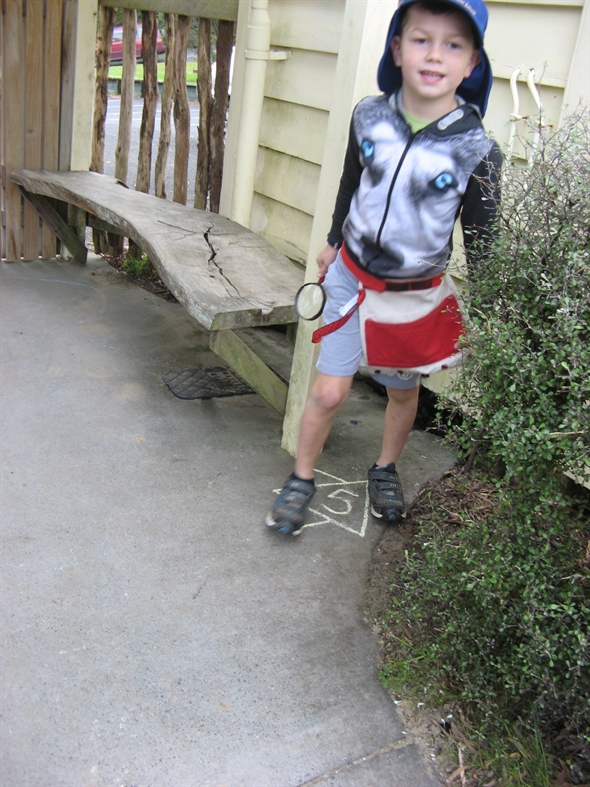
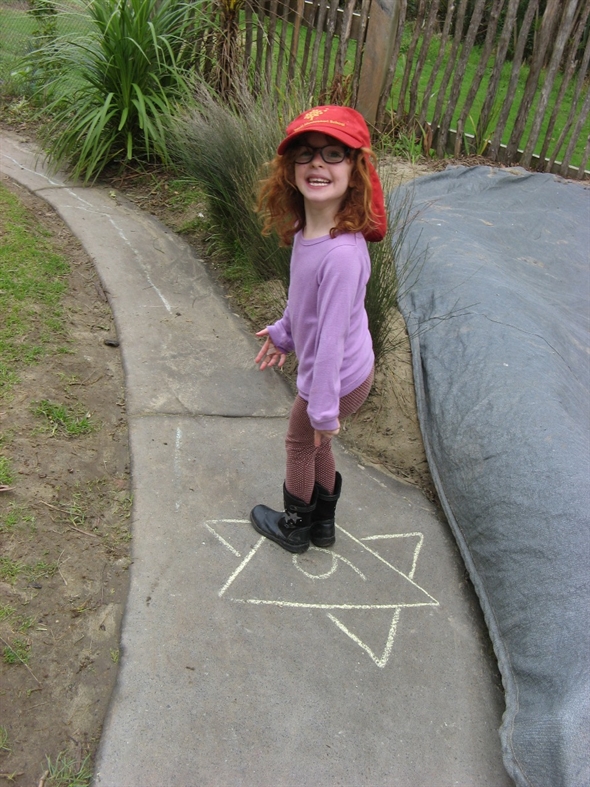
We have all enjoyed exploring this constellation through arts, which we have focused around the Maori matariki value of Manaakitanga (Kindness and care of ourselves, others and our environment). We have used only recycled card for our art works, discussing how we can reuse to reduce waste to our world.
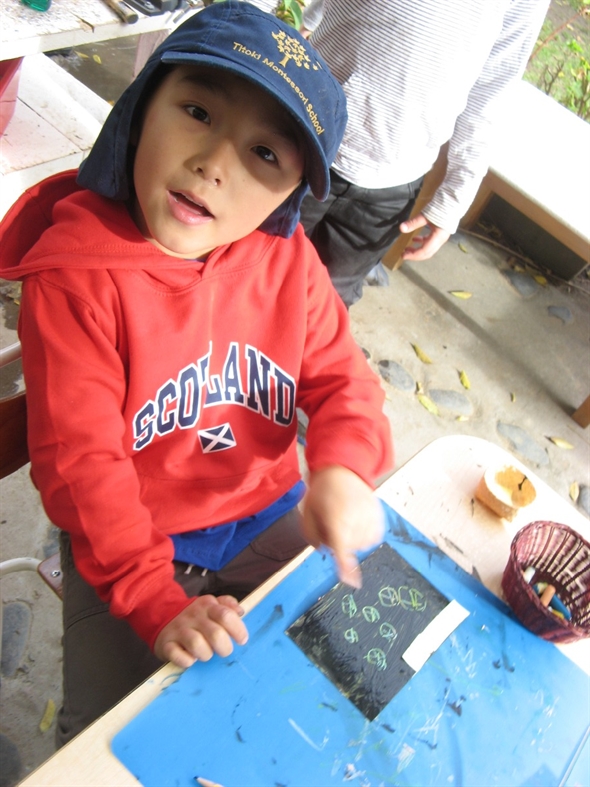
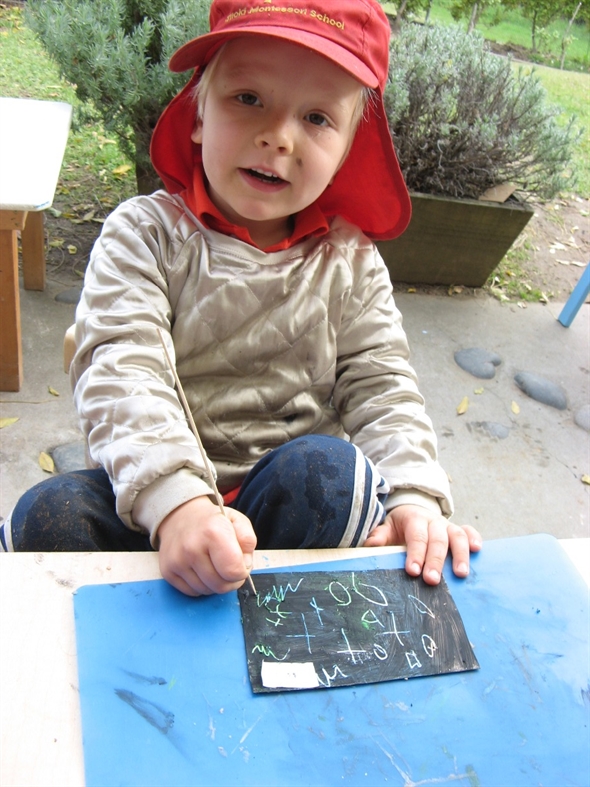
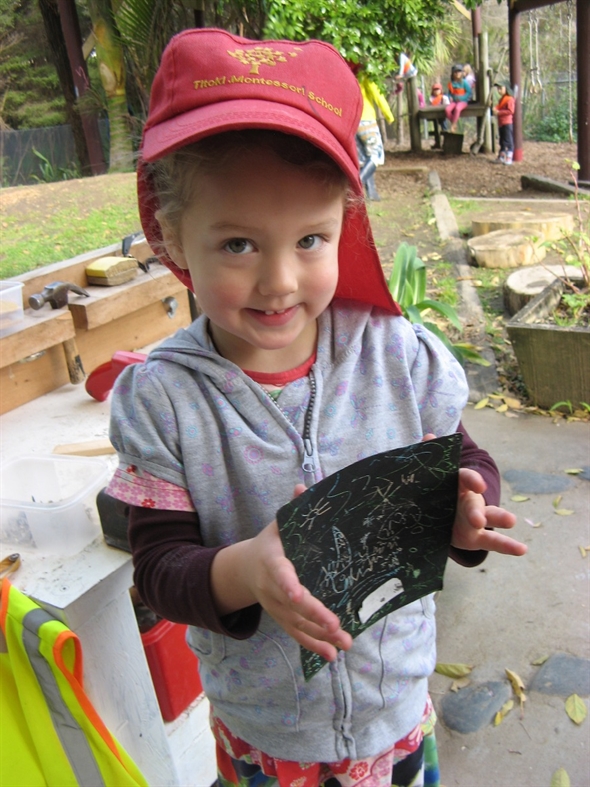
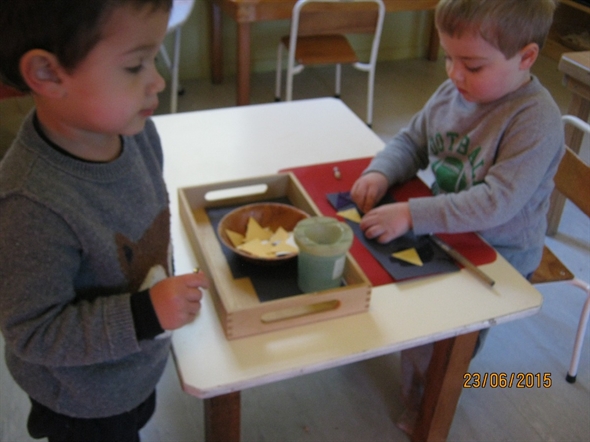
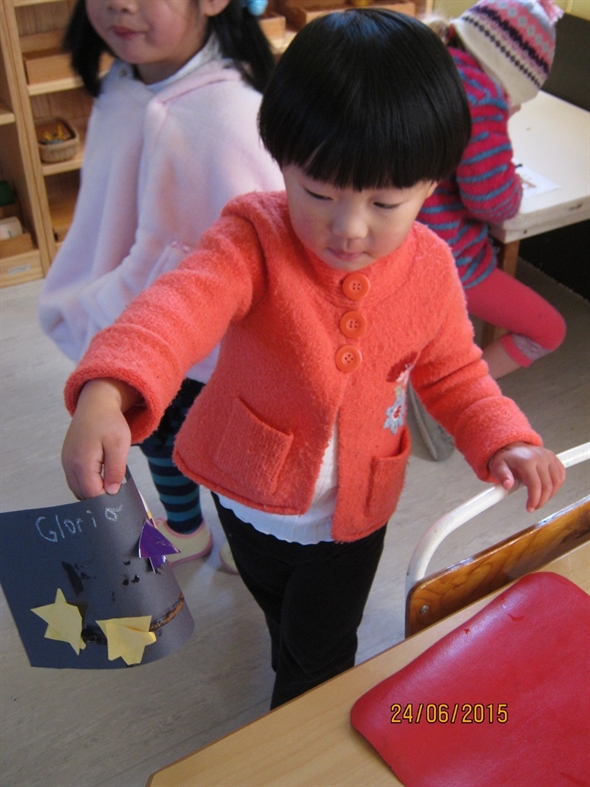
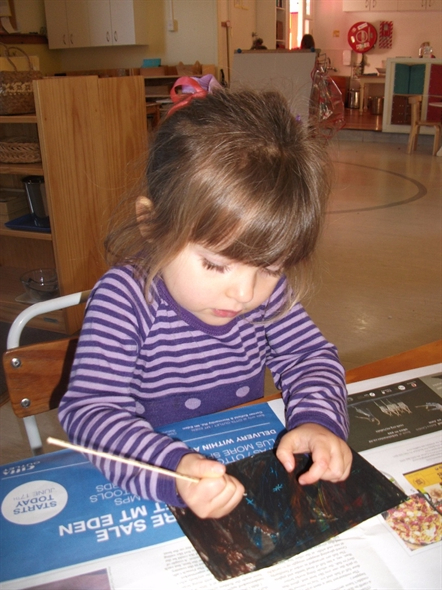
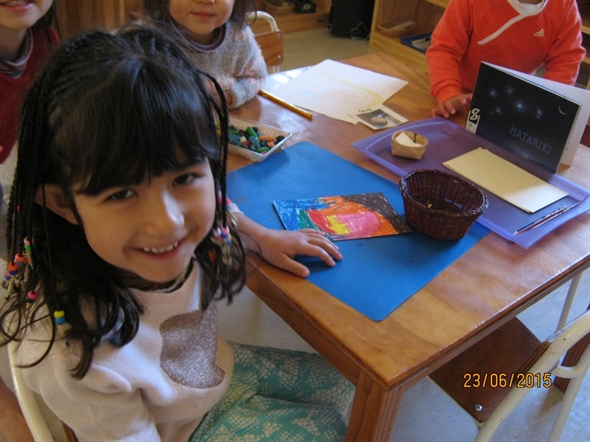
The experience of harvesting and planning for the future has been reinforced in the garden, with Kumara sprouting a focus of much observation and discussion…
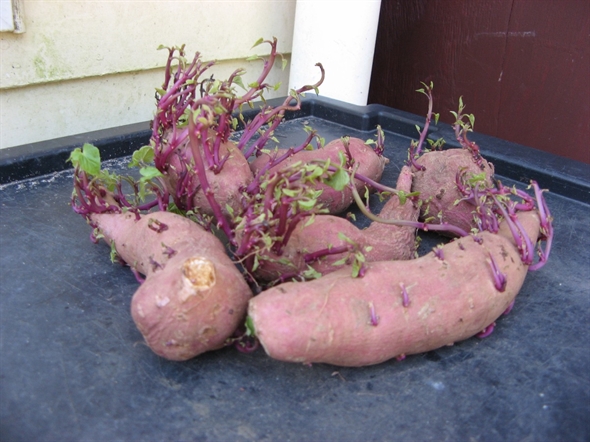
Inside too, we have been learning our Maori colours and numbers, and have had stories told of how the Maori celebrated this time in days gone by.
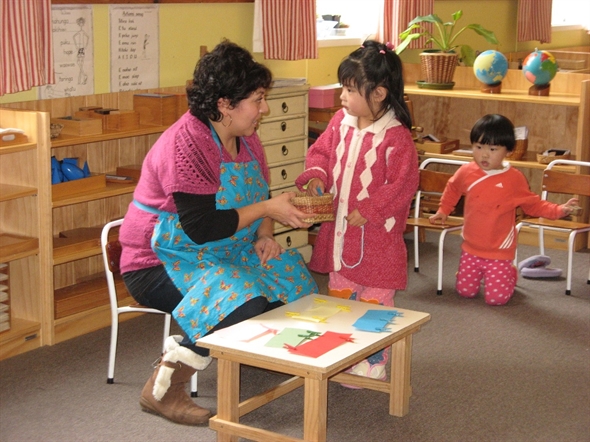
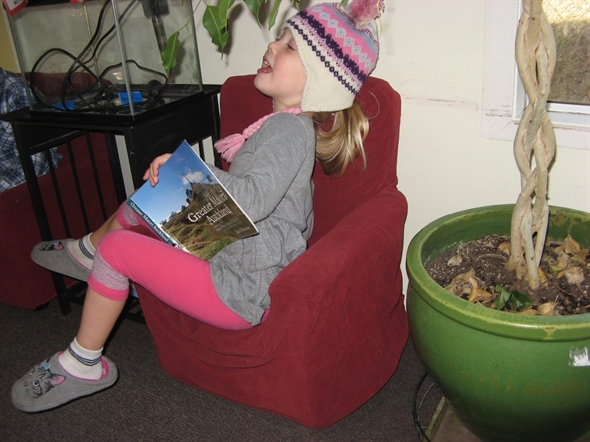
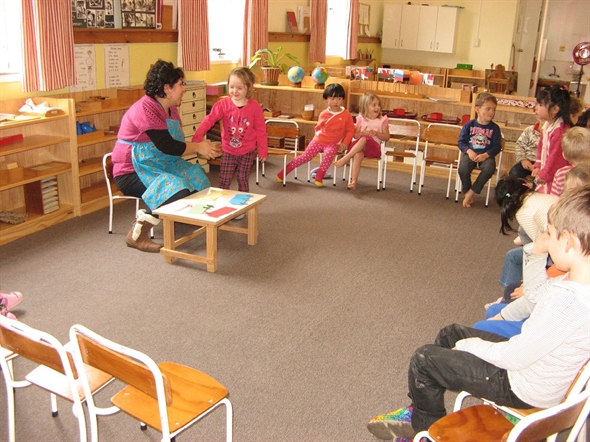
Connecting our outdoors to indoor learning is always important. The children have enjoyed the new materials on the te reo Maori shelf, that incorporate photos to names of places that are important to them outside.
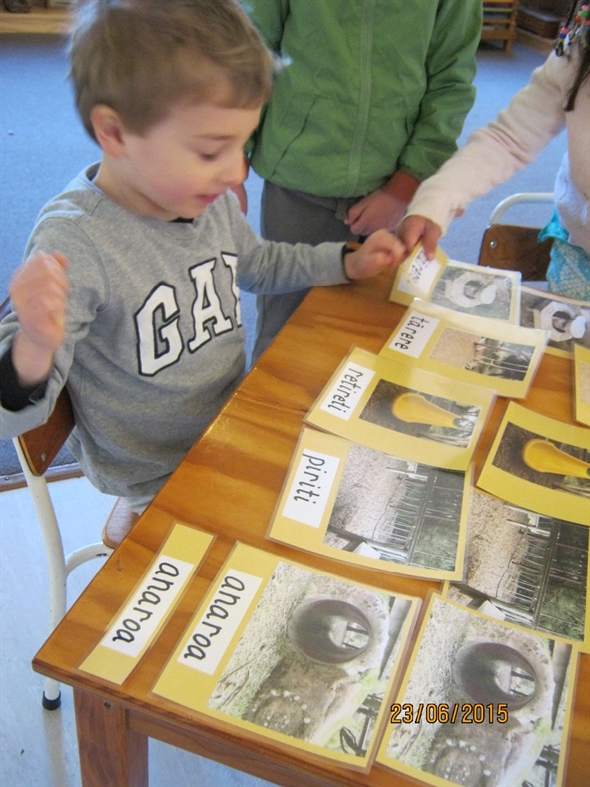
And no Matariki would be complete without waiata (song) and kapa haka (ceremonial dance).
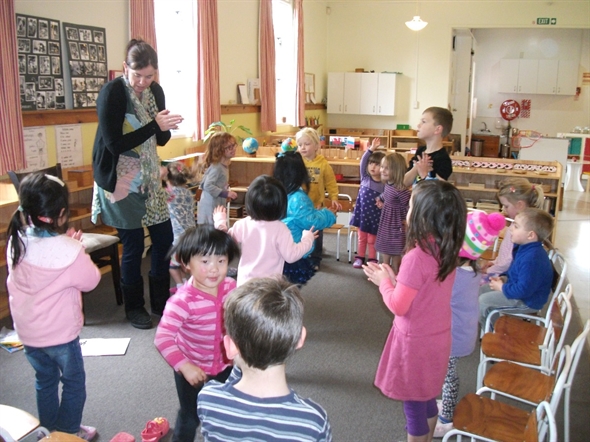
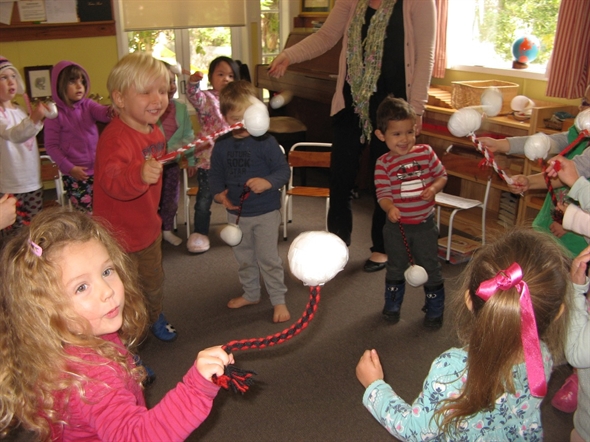
Looking at these bright stars, it is clear to me the future will be full of Manaakitanga.
We will continue to enjoy this special time together as te whanau o Titoki (the family of Titoki) and look forward to welcoming you all to our Matariki end of term feast next Friday.
What learning do I think is happening here?
By celebrating Matariki, children are able to make links to their wider world and experience cultural diversity, the Treaty of Waitangi, and inclusion. Matariki provides an opportunity for us all to explore the values of diversity, community and participation, and respect for self and others. Matariki is also a useful context to promote the development of Manaakitanga and to expose our learning community to the concepts of cultural identity, place and environment, and continuity and change.
Opportunities and possibilities?
Next week we will continue to explore the value of Manaakitanga through art, song and movement. We will be talking about how to be a kind host as the children prepare for the feast. And we have prepared the environment to promote links to further learning about the phases of the moon that links to the Maori lunar calendar.